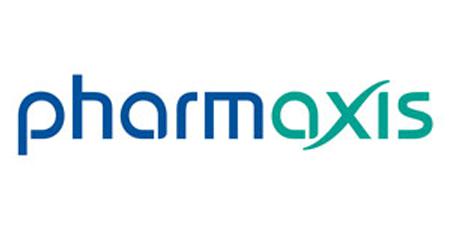Dr. Philip Trackman Receives Funding from Australian Pharmaceutical Company

The Trackman Laboratory has received funding from Pharmaxis, an Australia-based pharmaceutical company specializing in respiratory and immune diseases, to evaluate the ability of an inhibitor of lysyl oxidase like-2 (LOXL2) activity to inhibit oral cancer growth in mice. Professor and Director of Graduate Programs in the Department of Molecular & Cell Biology Dr. Philip Trackman and his colleagues have been conducting work on the molecular mechanisms of the connective tissue enzyme, lysyl oxidase, for several years, focusing their study on its potential therapeutic effects in oral cancer. This research focuses on LOXL2, which is one of five members of the lysyl oxidase connective tissue enzyme family.
The contract will fund the analyses of different doses of the inhibitor to block tumor growth and metastasis in an oral cancer mouse model developed by Research Assistant Professor in the Department of Molecular & Cell Biology Dr. Manish Bais and Dr. Trackman, supported by funds from the Oral Cancer Research Initiative (OCRI), the Etiology and Pathogenesis of Oral Cancer (EPOC) ARC, and Pharmaxis Corporation. The first report on this oral cancer mouse model was published in Oral Oncology in May 2015 and was co-authored by Director of the OCRI, Associate Dean for Research, and Professor of Molecular & Cell Biology Dr. Maria Kukuruzinska. The publication titled, “Orthotopic non-metastatic and metastatic oral cancer mouse models” discussed how levels of LOXL2 are elevated in metastatic oral cancers and that LOXL2 has been reported to be a marker of a poor survival rate in humans.
The Trackman Laboratory has also recently published a new mouse model of phenytoin-induced gingival overgrowth, and has shown that the anti-cholesterol drug lovastatin can prevent the development of this condition. This paper titled, “Prevention of Phenytoin-Induced Gingival Overgrowth by Lovastatin in Mice” was published in the April 2015 edition of the American Journal of Pathology and is available online. Phenytoin is currently used to treat epileptic seizures and neuralgia and causes fibrosis of the gingiva. Detailed analyses of signaling pathways performed in cultured gingival cells over the last 20 years in Dr. Trackman’s laboratory resulted in the identification of several therapeutic approaches that will be tested in mice, including this first analysis of lovastatin effects in vivo. The mouse model work was carried out principally by Dr. Mohammad Assaggaf PERIO 15, ORAL BIO 15 (MS), Associate Member of the Staff in Department of Applied Oral Sciences at Forsyth Dr. Alpdogan Kantarci , and Researcher in the Department of Molecular & Cell Biology Dr. Siddika Selva Sume with technical help from Dr. Gyusik Cho PERIO 15, ORAL BIO 15 (MS).
In addition, Dr. Trackman and Dr. Kantarci recently published a new review of molecular and cellular aspects of gingival overgrowth in the April issue of the Journal of Dental Research. Among the topics highlighted are molecular similarities between oral fibrosis and oral cancer which have the potential to provide new insights for designing therapeutic approaches for both pathologies. Dr. Trackman is an active member of the OCRI and continues to make significant contributions to the Initiative with his outstanding work on lysyl oxidase.